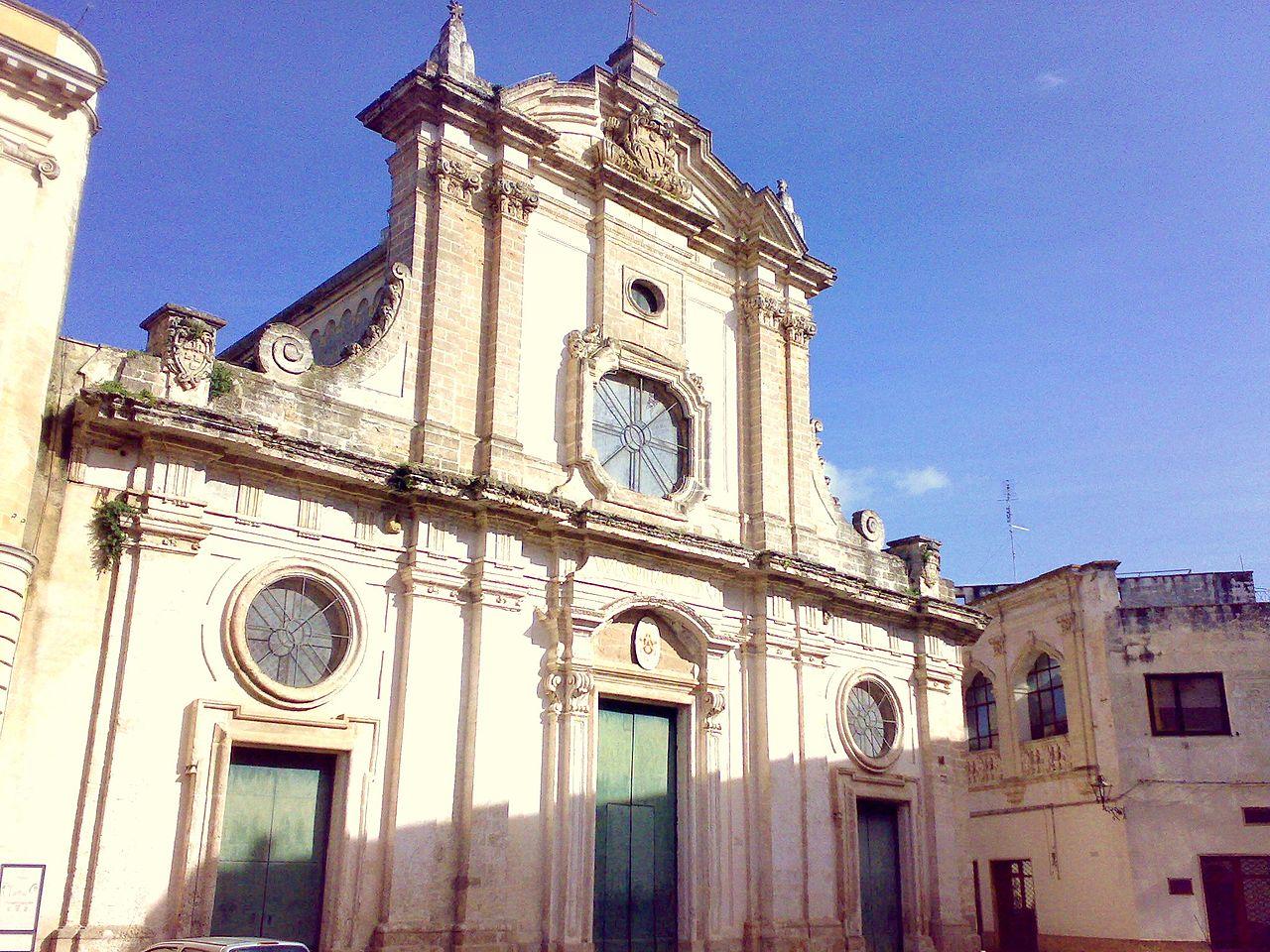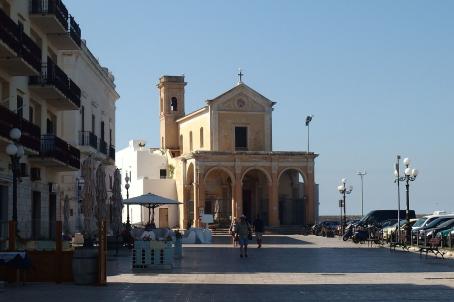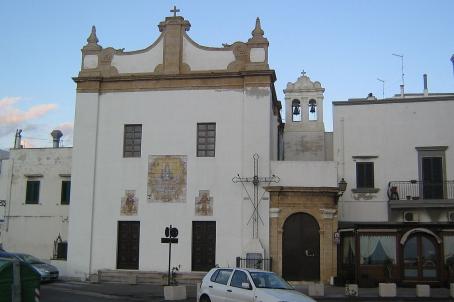Nardò Cathedral
The basilica of Maria Santissima Assunta Cathedral is the cathedral church of Nardò. The cathedral probably stands on the site where the ancient church of Sancta Maria of Neritorio was founded by oriental monks who escaped iconoclastic persecution in the 7th century. Consolidation work was carried out in the first half of the 15th century, probably after the earthquake of 1456, and until 1725, when the façade was rebuilt by the architect Ferdinando Sanfelice. The present appearance of the building is due to the restoration work carried out between 1892 and 1899, which restored the church to its more classical appearance.






